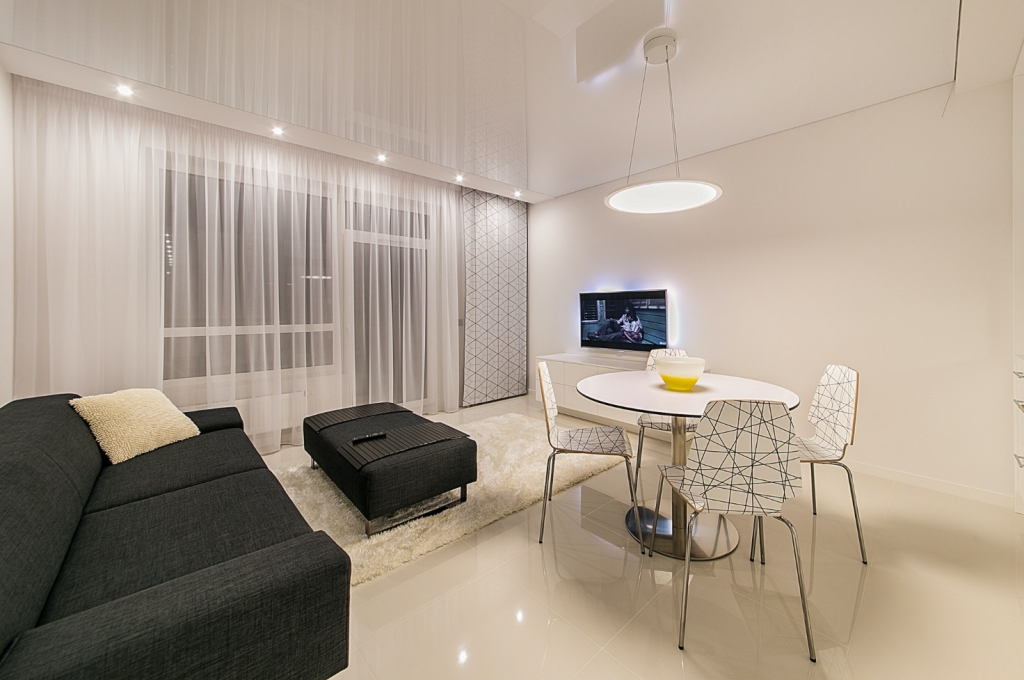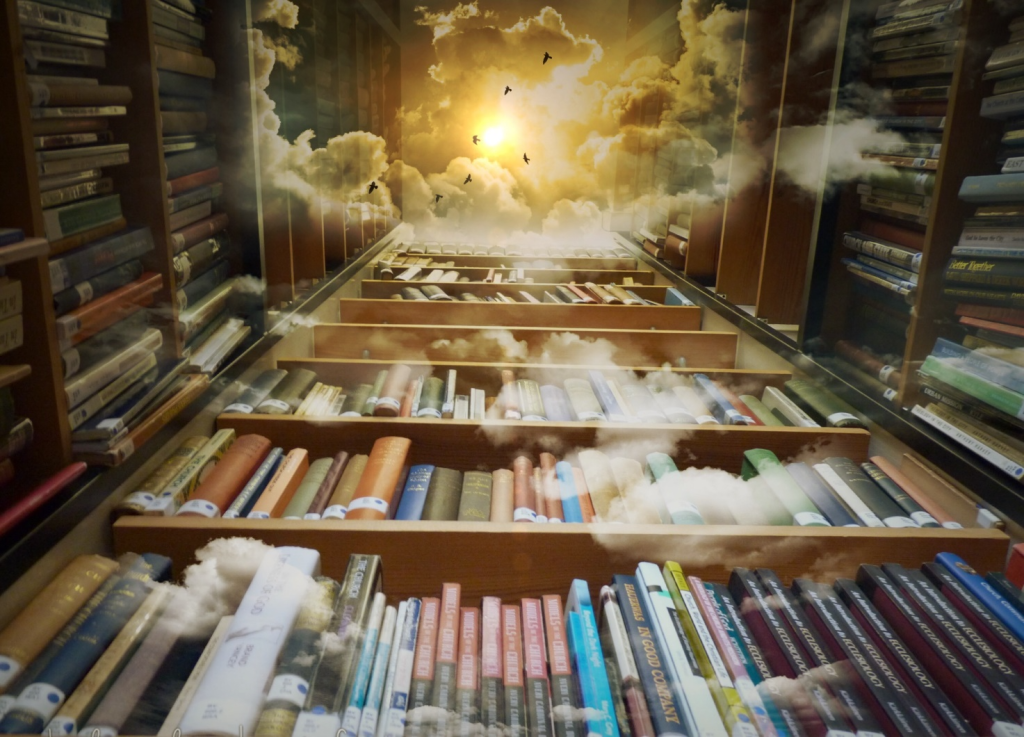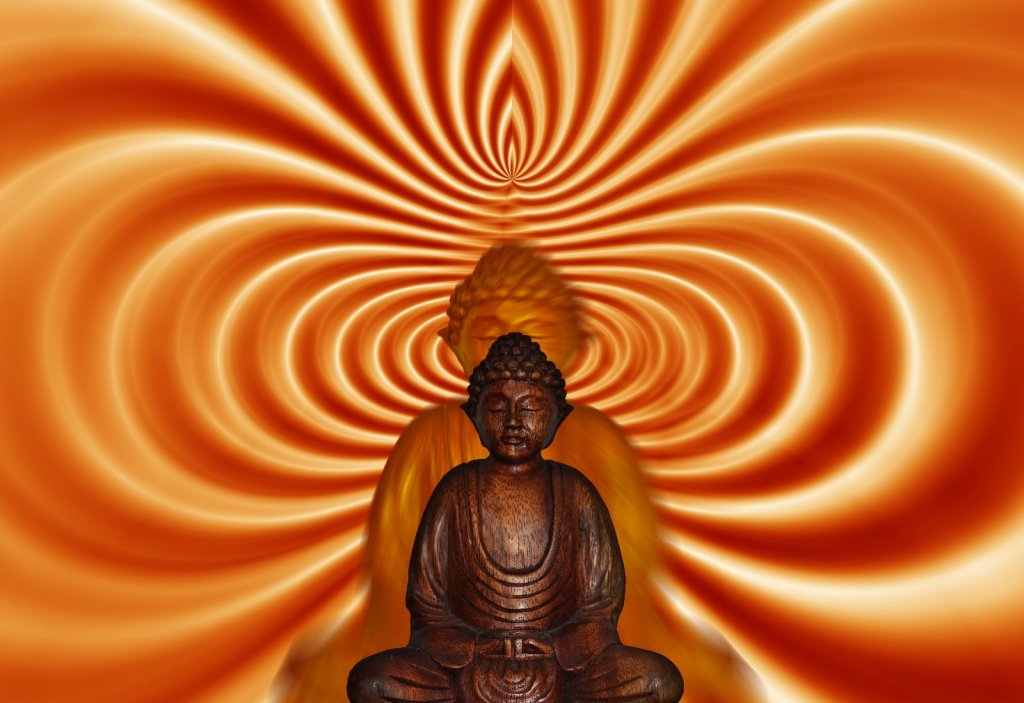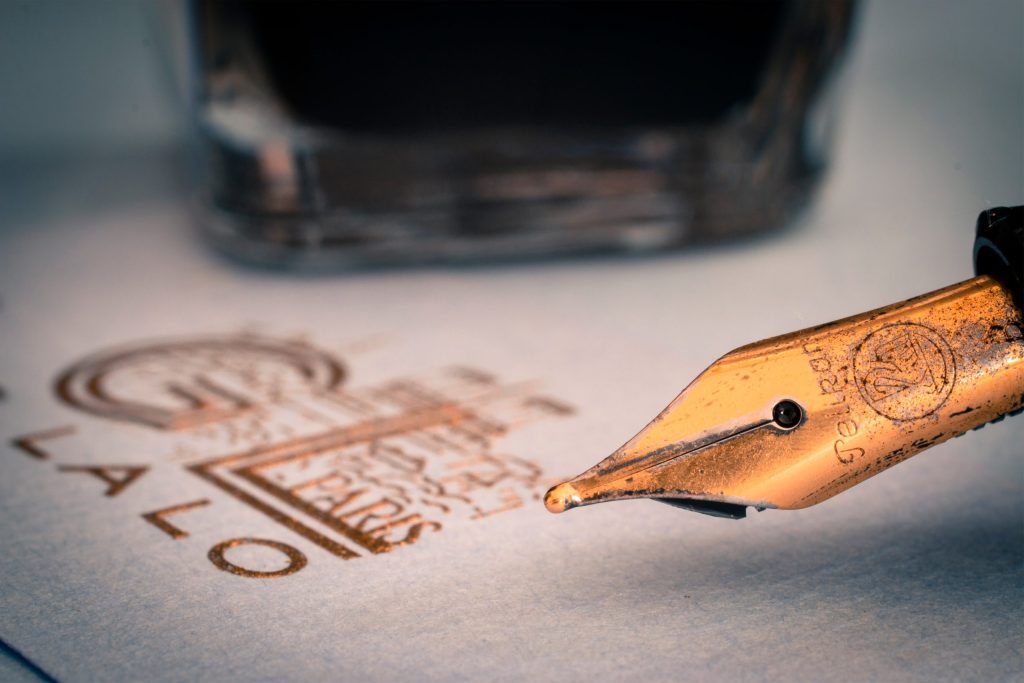I have longed to become an interior design professional. Despite the fact that I never lived in a place where it was possible to choose an education within the area. Consequently, I received a wider and deeper education and training than the conventional one. And lucky for us, because now I have tools to make you experience how much kindness is available to you.
Absence of kindness in the built environment affects us on a scale from ghettoization to general restraint of one’s personality.
Kindness in the built environment is materialized in how e.g. horizontal and vertical surfaces meet, in how the sunlight is refracted by curtains or blinds, and in how the 3-dimensional space is composed. The materialized kindness affects our individual feelings, thoughts, habits and decisions.

” We are always already loved.”
Physicist and musician Peter Bastian’s autobiographical book title about achieving ‘peace in one’s own house’.
The environment we stay in for many hours every day affects us from the moment we enter the built environment and dominates us after 1.5-2 years. That environment can contribute to diminish a human being or expand the individual’s human capacity.
Inner Sustainability
My grandfather was a child in 1920. After two world wars, he said in a local dialect: “It’s a good thing the houses are hollow”, implied so that we can seek shelter from storms and rain; from the surrounding environment. The 1900s were also the century for functionally designed houses: living machines, with no recognized need for kindness. In our time, we ourselves are participants in an (r)evolution in the architect and interior design industries: the environmental crises also place us in a changing world view. A worldview in which the prerequisites for the functionalism of living machines are destabilized.
We are in the process of changing perspective. We prioritize e.g., to follow the principles and practices of sustainable architectural and interior design. But it is not yet sustainable. It is not, because we still treat the built environment as separate from ourselves.
Our priorities ensure our sustainable perspective. Our priorities include moving from the view of “having enough in myself” to “be yourself more”, as stated by Jes Bertelsen, Dr. Phil, Co-founder of ‘Vækscenteret’ (‘The Growth Center’)). The Chairman of the Board for SYNERGAIA, Michael Stubberup, is also active at the Growth Centre. He has worked with the UNPF on the internal sustainable human goals, which are about using an expanded human capacity in our practical everyday life.
“The main conclusion was that sustainable development requires a “spiritual transformation” of ourselves and the organizations we are linked with that actively extends to the societal, global, and ecological levels.”
Enhancing Human Flourishing Within the 2030 Development Agenda: The Spirituality of Global Transformation August 2016[1]
Inner Capacity
The built environment is not separate from us. This is what the state of the art in sciences tells us. This new worldview enables us to, also mentally, understand our new perspective in the expansion of our human capacity into e.g., kindness.

” The existence of the Field [“the extraordinary quantum field generated by the endless passing back and forth of energy between all subatomic particles”] implies that all matter in the universe is connected on a subatomic level through a constant dance of quantum energy exchange”, “Each one of us is also a packet of pulsating energy constantly interacting with this vast energy sea”
Lynne McTaggart, The Intention Experiment
We ignite our genetic potentials when we work consciously with the design of the seven environments that surround us. It enables the industry professionals to work with an expanded understanding of genetics. Not only as heritage, but also as abilities and vitality and thus potential opportunities.
” It was Dr. Bruce Lipton who demonstrated that genes do not have control over our health and physical expression as once thought. His revolutionary work revealed that cells respond to signals in the environment – not to genetic programming”.
Pangman & Evans in Dancing with Water
Practiced Kindness in the Built Environment
We are affected by environments that are categorized into seven distances. A prerequisite for the interior design professional to be able to compose the distances in favor of the client’s talents is that building and user are considered as one; as an enerqist.
The word introduces a parallel to ‘equipage’; like horse and rider, the space-user and the built environment also have the opportunity to impress with feats based on the individual’s talents that flourish in layers of enabling environments.
” If you want something new, you have to use new words and concepts”
Professor Emeritus, Steen Hildebrandt, Vækst & bæredygtighed
The seven environments, which the interior professional designs for individual preferences, reach the space-user from the following distances:
- Our immediate proximity 1-2 meters around us: our genetic preferences.
- The environment in the interior design: which activates our genetic potentials.
- The geobiological environment, from the underground: E.g., vibrations from subways, streams, etc.
- The environment, up to 100 meters on the outside of doors and windows: the impact of the seasons.
- The environment within 3 km’s distance
- The environment within 6 km’s. distance
- Influences of space weather, moon phases and other planets.
The scenario specifies that we spend many hours every day and night under the sun and the moon, near landmarks or geographical features 3 to 6 Km. away, behind windows we are affected by weather, light, and temperatures 100 meters around our house, settled on a defined grade of stable ground. Our house or workplace is located there.

The intimate built environment that the professional architect and interior designer creates for you and me should make us find peace, be comfortable, be strengthened in being who we are: give the client an expression of her/his personality and perceive the close surroundings in relation to own natural open biological, psychological, and consciously aware system.
The structure of the building, the air quality, materials used and designed objects are among the parameters with which the human consciousness co-creates which of our genes, abilities and opportunities we each develop and can contribute to families, workplaces and society if we consciously and carefully compose our interior design with purpose.
The practical use of augmented human capacity enables interior design professionals to co-create in more than 3D; in multidimensions within and outside the time-space continuum depending on the interior design professional’s spiritual capacity and coherence.
Practiced coherent consciousness in the client’s close environments enables the potentiated built environment generated by ”A highly ordered energy affecting the substance of consciousness and transcending environmental matter”, as science journalist Lynne McTaggart refers:
” The most heretical evidence concerned the consciousness…Consciousness is a substance outside the confines of our bodies – a highly ordered energy with the capacity to change physical matter.”
Lynne McTaggart, The Intention Experiment
Enhancement of the built environment is a new practice. In Steen Hildebrandt’s words, the new is characterized by the fact that you cannot see it in advance or get guarantees. “You have to have courage, lean into it, unfold it and scale it up.”
The individual consciousness that co-creates in layers of built environments affects the shared consciousness in the built communities. When the amount of kindness is thus realized and potentiated, we and our fellow citizens will find ourselves in a completely different scenario than the historical scenario we think we are navigating in: As Steen Hildebrandt indicates: the environment around us is a mirror of our thoughts and attitudes. The problems we experience today are a result of yesterday’s thoughts and solutions. The framework for the industry’s growth lays, amongst others, in the potential of how we use our enhanced kindness despite ‘disturbances’ such as e.g., conventional methodologies, copies of previous solutions, of policies and ambitions etc.
Concrete Procedures for Kindness in the Built Environment Create Sustainable Growth
The UN Population Fund’s spiritual transformation is possible in the built environment when we transcend the psychological waste of places, a term coined by Jes Bertelsen in An Essay on Inner Freedom. In daily interior design practice, interior design professionals clear biological, geological, and historical/psychological events in the quantum field of buildings. Buildings’ quantum field is part of the space-user’s quantum field and together they form an effective and coherent quantum field that has the capacity to co-create the built environment in accordance with the individual user’s genetic talents (in the broadest sense).

The industry’s economic growth is traditionally based on our formation, education, environment, and our interior design services and architectural structures are based on quality of life and awareness. Sustainability is about adjusting to the use of the latter parameter: awareness. Practical applications of intrinsic sustainability include transcending natural open systems; Humans’ own, naturally conscious, open biological systems in our bodies, in our immediate environment and in the more distant environment.
By using recent scientific research in combination with what differentiates humans: the ability to transcend, the sustainability principle in the built environment’s procedures for the creation and maintenance of the immediate environments is nuanced, expanded, concretized and applicable to business development that realizes human potential and contributes to society’s positive development – and to architectural and interior design businesses with growth.

14-01-2023
© Mechanical, photographic, or electronic reproduction of this document or parts thereof is prohibited without the Blissbode’s written consent.
[1] https://papers.synergaia.vision/Reflection_Paper_The%20Spirituality_of_Human_Transformation_aug2016.pdf , 21-12-2023
